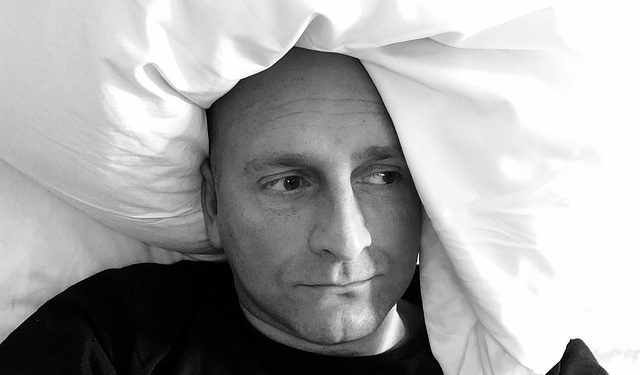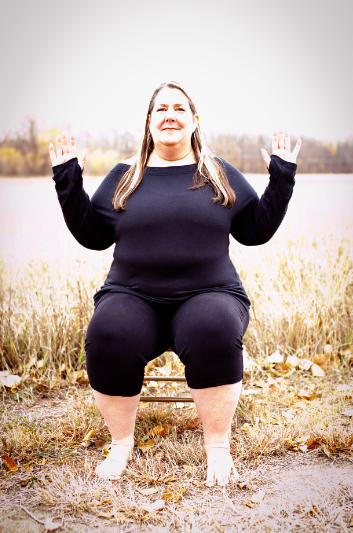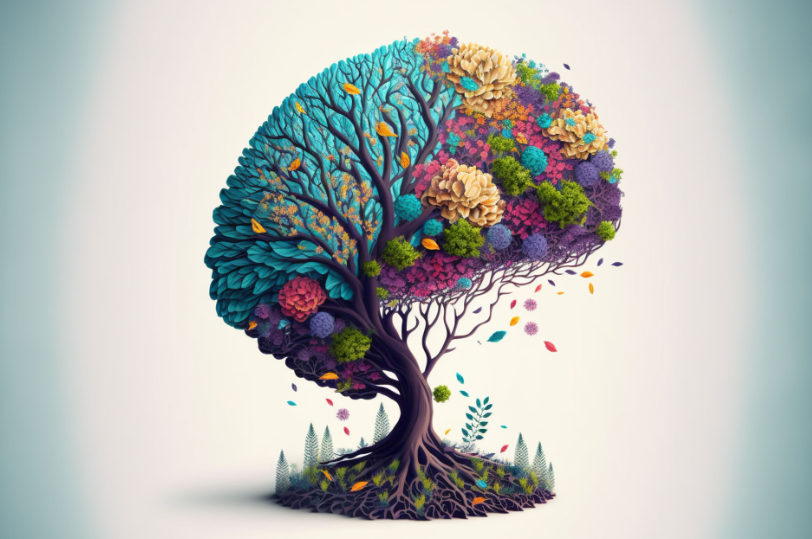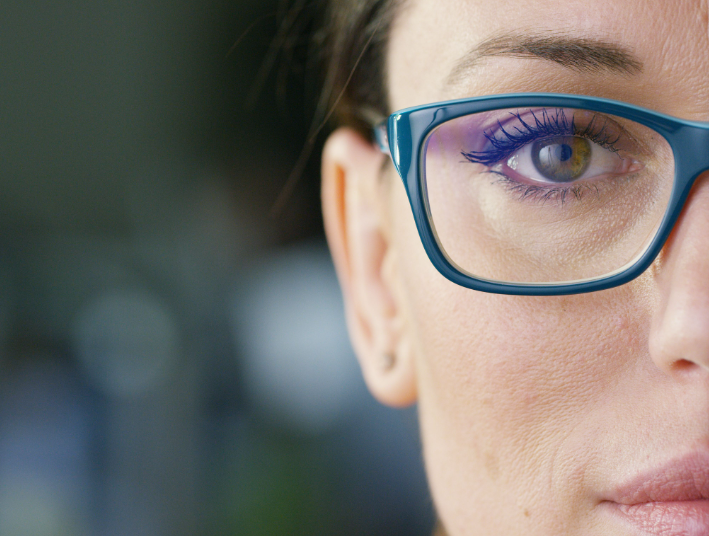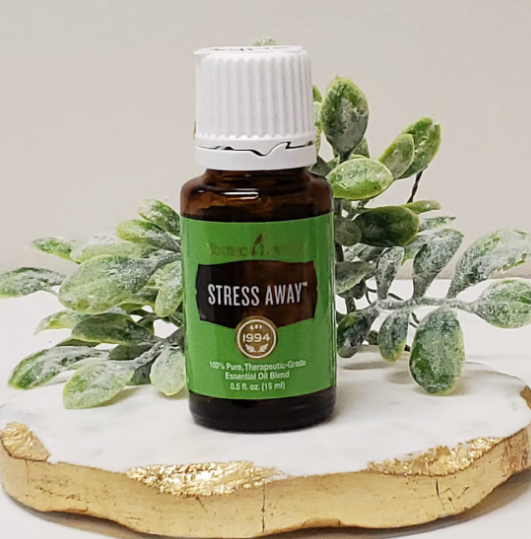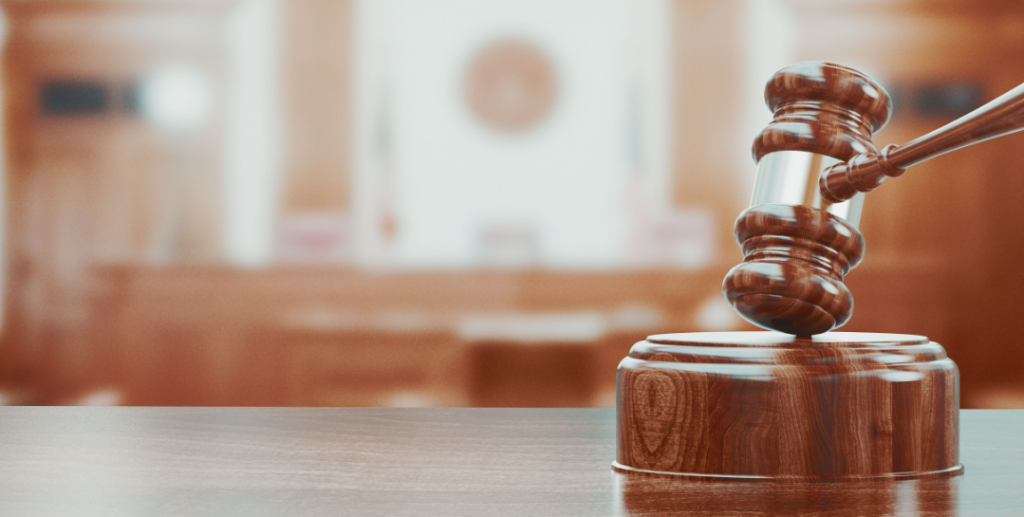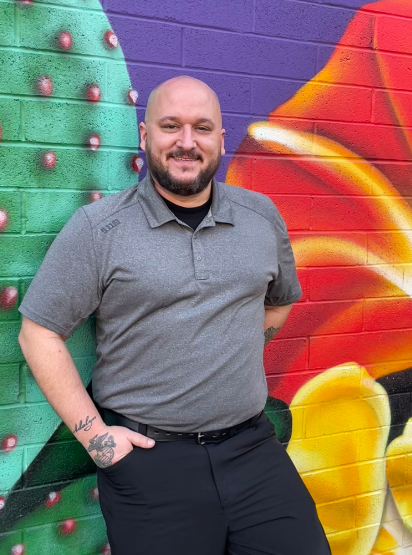Dr. Shane Steadman, DC, DACNB, DCBCN, CNS
Headaches and migraines are one of the most common complaints following a concussion or TBI (traumatic brain injury). In fact, migraines are a common symptom even five years after concussions. Migraines are debilitating and often affect schoolwork, sports, work, and family dynamics. Living with a migraine can be so debilitating that people are not able to maintain a job and often are not able to continue at school. Some of my patients have said they have a “cave” that they stay in to keep from having a migraine, which impacts their time with family.
A 2017 article in the Journal of Neurotrauma, “Natural History of Headaches Five Years After Traumatic Brain Injury,” notes that the prevalence of new or worse headaches remains consistent with at least 33% of the participants at 60 months. The article went on to suggest that ongoing assessment and treatment of headaches after TBI is needed; a symptom may be a problem up to five years post injury. The article speaks to the need of the underserved population of people suffering migraines. Serving this population is not simply finding the correct medication but identifying the cause and dysfunction and putting a rehabilitative care plan together.
Following a concussion, headaches and migraines can come on as quickly as five minutes after the injury but, in some cases, it can take as long as seven days to show symptoms. According to the American Headache Society, Dr. Bert Vargas states that following concussions, 95% of people are likely to experience headaches, and among those with headaches, roughly two-thirds will have migraine-like symptoms. The signs and symptoms of migraines can include pain, nausea, scalp tenderness, blurred vision, dizziness, poor concentration, pain behind the eyes, fatigue, anxiety, depression and a sensitivity to light and sound.
The definition of a migraine is often described as a recurring moderate to severe headache with throbbing pain that can last from four hours to three days. Migraines are often on one side of the head but can be on both sides and accompanied by the above-mentioned symptoms. Most people do not realize they are experiencing migraines and will often use the term headache. It’s important to distinguish between the two when talking with your doctor. Migraines can be accompanied by an aura, which is a disturbance in your sensory system (vision, smell, sound, touch and taste). People can experience one or more types of auras prior to the onset of a migraine. Examples of auras include smelling unusual scents (grapes, coffee), hearing sounds like a train, seeing lines or spots, experiencing a metallic taste, or tingling around their lips. Auras typically precede a migraine from 30 minutes to hours before the onset.
Other terms associated with migraines are prodrome and postdromes. Prodromes are often thought of as pre-headaches and can come on a few hours to a few days prior to a migraine. Symptoms can include yawning, fatigue, irritability, and depression to name just a few. Postdromes can last 24-48 hours after the migraines with symptoms of inability to concentrate, fatigue, depression, nerve pain, and weakness.
After a concussion there is an increase in inflammatory mediators that can prime neurons in the brain. When these neurons are primed it increases their sensitivity. With this increase in sensitivity, the person will often become easily triggered by their environment or by their own physiology.
Another group of cells in the brain, microglia, can become primed as well and become sensitive to inflammatory processes, meaning they become sensitive to a decrease in sleep, increase in stress, unhealthy foods, even a simple jarring of the body or head. People say that a subtle bump by another person or object can increase their concussion symptoms or trigger a migraine. When microglia priming or neuronal sensitivity occur, people will often complain of being sensitive to barometric pressure changes, weather patterns, hormonal changes, fluctuations in blood sugar, odors, or even simple foods they had consumed in the past. If a primed neuron is consistently sensitive over time it becomes a chronic condition. Once it becomes a chronic condition there’s still hope for resolution but it may take a lot of work.
There are three main types of migraines associated with concussions — common migraines (without auras), classic migraines (with auras), and vestibular migraines.
Vestibular migraines are often associated with dizziness, vertigo, difficulties with balance, and can also be seen with neck pain and feelings of pressure in the head or in the ear. Vestibular migraines do not always cause headaches. Patients may simply feel disoriented, or they may feel like they’re rocking on a boat, and many also have a sensitivity to sound. Other terms for vestibular migraines are migraine-associated vertigo, migrainous vertigo, and migraine-related vestibulopathy. Vestibular migraines are not easily diagnosed. Patients who experience symptoms that last anywhere from five minutes to 72 hours with multiple episodes of vertigo, spinning, moving, or motion sickness, should know that these could be signs of a vestibular migraine.
When it comes to treatment and therapy it is crucial to find someone who specializes in treating brain injuries and concussions. It’s important because not all concussions are the same and not all people are the same. A therapeutic strategy may work really well for one individual but may not have any impact on another. The mechanism of the migraine maybe different for each person and, therefore, the therapies needed to get that person better may be drastically different. Treating and rehabbing concussions and TBIs is not a one-size-fits-all program. Each individual is unique in their injury, symptoms, and recovery, so a treatment plan needs to be established with the treatment team (including the patient) that is specific to that individual. For example, some patients who were injured while playing a sport, or in an auto accident, may need a few sessions of counseling to help heal from the injury. Depending on the severity of the concussion or TBI, they may struggle with the fear of being injured again. Patients may also need help modifying their work/school schedule while in treatment. The bottom line is that while concussions and TBIs are common injuries, the treatment and recovery times are going to be just as unique as the individual with the injury. The treatment plan should be tailored around each individual person and their needs, goals, and specific health concerns.
Another area to focus on with migraines is breaking the vicious cycle of chronic pain. It’s important to identify the causes and triggers of migraines. Using a journal is often helpful in figuring out the triggers and eliminating them. Apps can also be downloaded on personal devices that will allow patients to track symptoms, triggers, and notes. Both of these methods are helpful when talking with the treatment team and it’s something that can even be emailed to the treating team. Chronic migraines can be very difficult to resolve but keeping a journal and working on overall health is essential toward reaching this goal.
Of major importance but often overlooked piece of rehabilitation from a concussion or TBI is nutrition. Nutrition is part of the foundation of normal physiology, reducing inflammation and stabilizing certain functions like blood sugar. It’s important to identify any triggers that may lead to migraines and it’s important to have a diet that is anti-inflammatory. A Paleo-type of diet includes consuming quality meats, healthy fats, and vegetables. In other words, reducing white foods and starches along with sugars and processed foods, but increasing the intake of clean meats, vegetables, and quality fats. Certain nutrients are beneficial when trying to abort a migraine. Most often the combination of magnesium, feverfew, and B6 are used as a migraine abortive. Other things that you can try for migraines are CBD and glutathione. Again, this is where it’s important to find a reputable practitioner to work with — the goal is healing the entire person, not just finding a “Band-Aid” cure for the pain. It is a wholistic approach that will yield the best long-term solutions.
There are several therapy approaches and therapists who specialize in rehabilitation and can aid in TBI recovery. For example, functional neurology is a specialty of practitioners who evaluate the entire brain and body connection, including vision, proprioception, vestibular, structural, and coordination in the areas of the brain that were injured.
Home therapies can include the use of blue-blocking glasses, rose-colored glasses, and decreasing overall screen time. Computers, phones, and televisions have a high frequency of light that can fatigue the overall nervous system and increase the sensitivity of the neurons responsible for the migraines.
Manual therapies have also proven to be successful in those struggling with migraines. Chiropractors, massage therapists, and physical therapists have different modalities they use to help reduce pain and the frequency of migraines. With concussions there is often an imbalance between the eyes, the neck, and the head, causing compensation within muscles that can also trigger migraines. Working on the head and neck can be a big part of care.
Vision therapy has proven to be a big part of rehabilitation for those suffering from migraines and traumatic brain injuries. Vision therapy is provided by optometrists, ophthalmologists, and functional neurologists. Often, people will have difficulty with convergence, their eyes won’t be aligned properly, or they will experience double vision. They will compensate with their head and neck and will have changes with spacial awareness and proprioception. This will change how they interact with the world and can have an impact on brain neurons.
While concussions and TBIs can be devastating for the patient and their loved ones, it is important to remember that there is hope. Lifelong suffering does not have to be the way the story unfolds. The brain is an amazing organ, and with the right treatment team, therapies, nutrition, and support, the brain can be rehabilitated to optimal function.
Dr. Shane Steadman, DC, DACNB, DCBCN, CNS is the owner and clinic director of Integrated Brain Centers. To learn more about how we can help with concussions, stroke and TBIs, please visit www.integratedbraincenters.com. For a free consultation, please call 303-781-5617.

